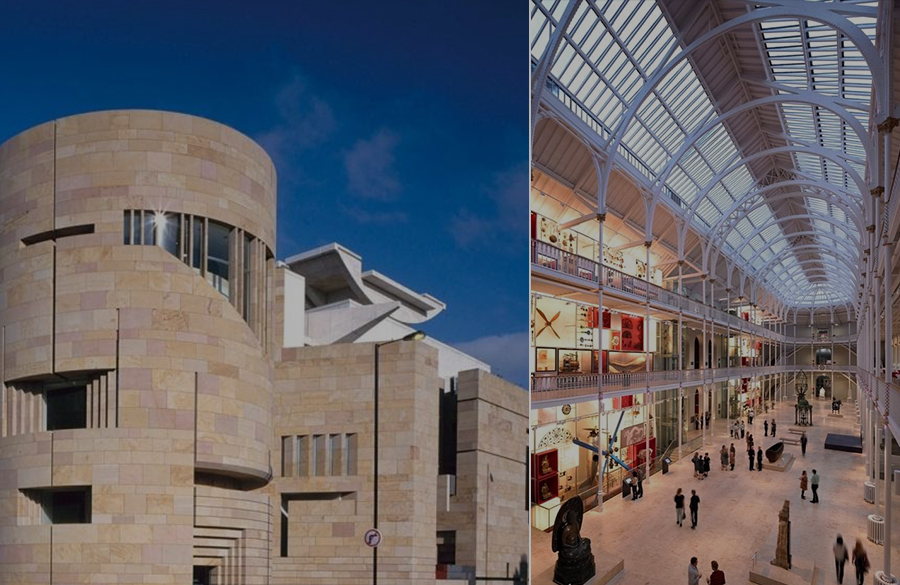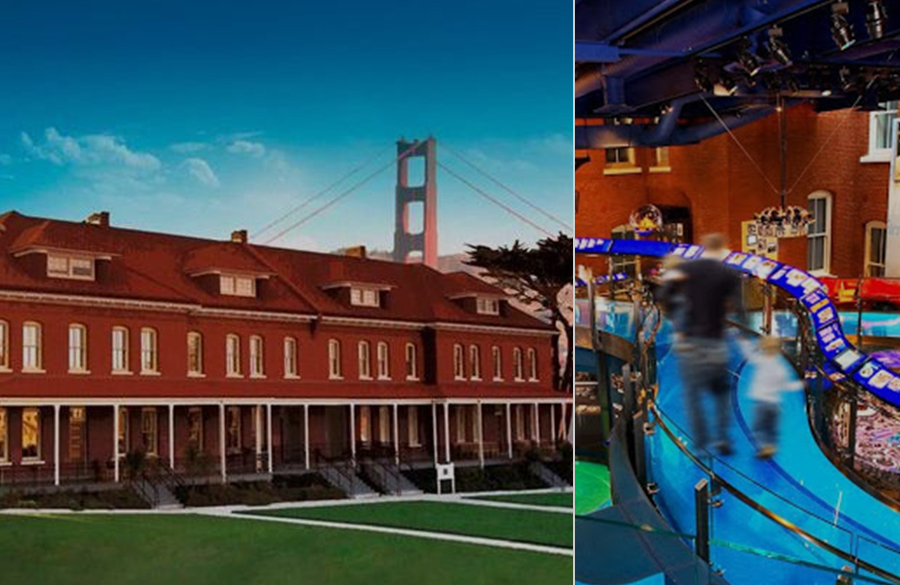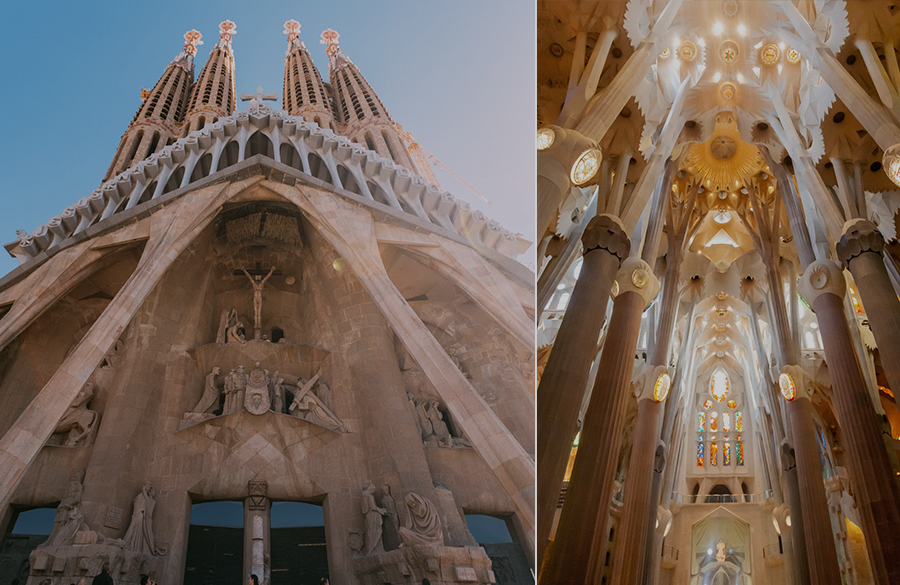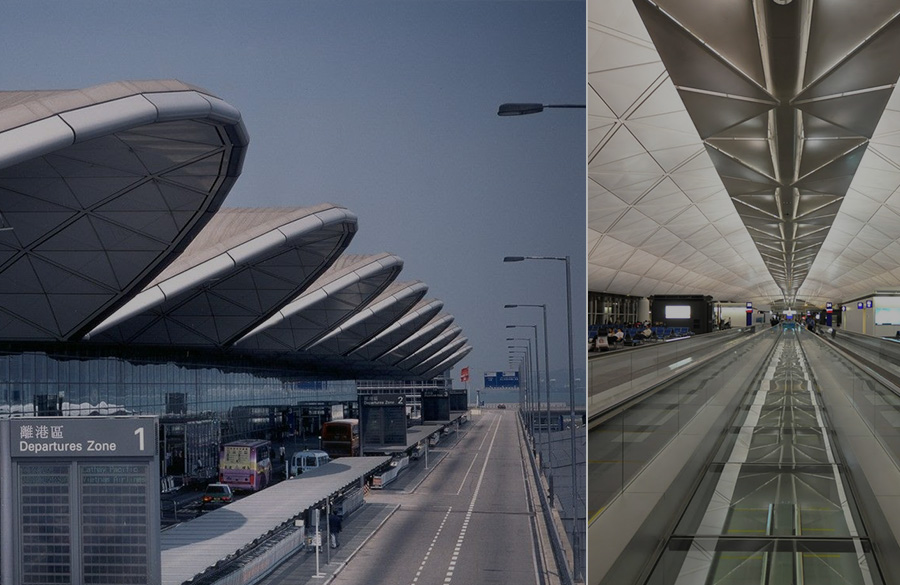Widely famous for being Australia’s iconic image, the Sydney Opera House is a supreme example of marvelous engineering. The structural design and construction of the building were way ahead of its time. But not many are aware that its story is extremely scandalous and holds multiple controversies.
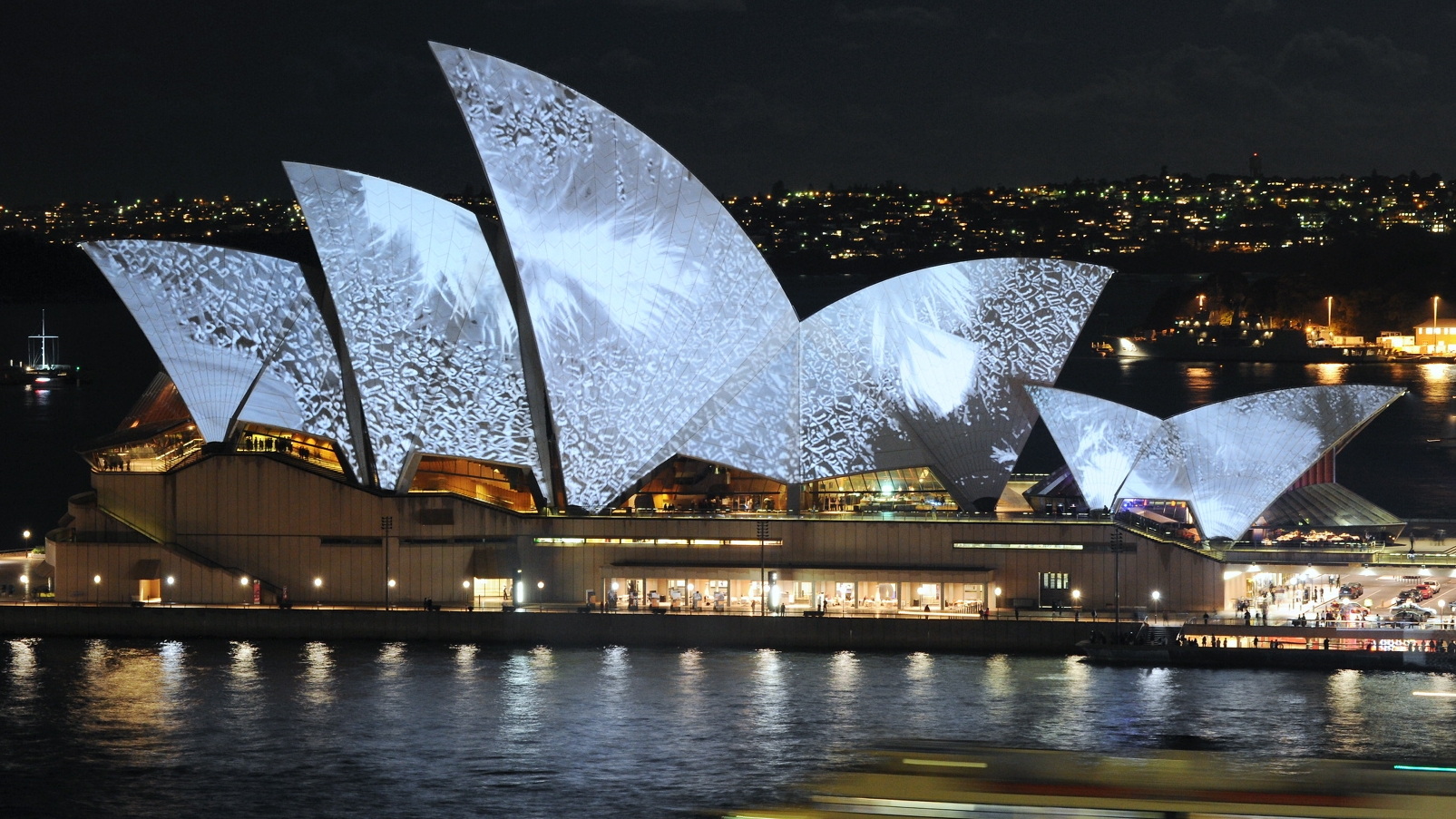
To begin with, the first controversy showed up at the design selection phase itself. Out of the 233 entries submitted in the 1955 worldwide competition, Jørn Utzon’s design was declared the winner. His design was rejected at first by the design selection committee, as his presentation consisted of mainly simple sketches and diagrams. The juror appointed for the same was architect Eero Saarinen, who eventually declared him winner, despite all the objection amongst the people involved.
Post the win, Utzon started to refine his drawings and make proper plans and sections. Known to be a perfectionist, he required time to finish his works, which the authorities responsible for the construction did not have. To ensure funding and public support for the project, the government of New South Wales, gave orders to initiate the construction much before the completion of the whole design scheme. The construction began on around 588 concrete piers to support the 1.8-hectare building. This resulted in multiple controversies till the end of the construction phase.
Few years into the construction phase, the government changed, and simultaneously, the pressure on the delivery of the project began to increase. Upon receiving multiple threats for his resignation and a series of disagreements with the clients, Utzon quit the project and left Australia, never to be seen again. The public rose to protest against his dismissal, but nothing changed. There have been no known projects by him after that, other than the Opera House, which he didn’t even lay eyes on, in its finished form. This is known to be one of the greatest conspiracies in the history of architecture.
Since there were no concrete drawings available, the construction work started getting delayed. So much so that it took 10 years to build what the building looks like today. The construction had three phases: starting from building the foundation block, then the curved roof shells, to the interiors of the halls.
The major challenge was in phase-two while building the roof shells. The columns for the same were re-built multiple times due to changes in the structural design scheme. It is estimated that the roof was designed over 12 times to finally end up at a final solution of taking each shell as sections of one sphere that would be constructed by arches of varying lengths, cast in a common mold.
It is rumored that the solution was proposed by Utzon himself and that he came up with this while peeling an orange. More than 2,400 precast ribs and 4,000 roof panels were manufactured in an on-site factory, avoiding the need to cast the shells in-situ. Upon installation, the structure was finished with a skin of more than a million white and cream tiles on top.
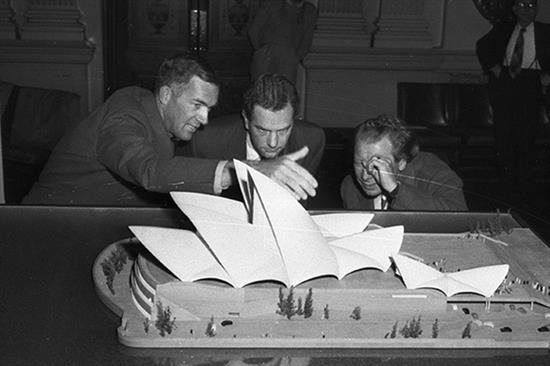
Once the roof was in place, further changes were made in the original design to incorporate the various functions of the building. The multi-purpose “major hall”, which was initially assigned to host both concerts and opera became solely a concert venue, while opera and ballet productions were planned to take place in the “minor hall” which was known as the Opera Theatre.
The architect’s original acoustic and seating proposals for the major hall were considered insufficient and led to a re-design which further resulted in acoustic problems for performers and orchestras on completion.

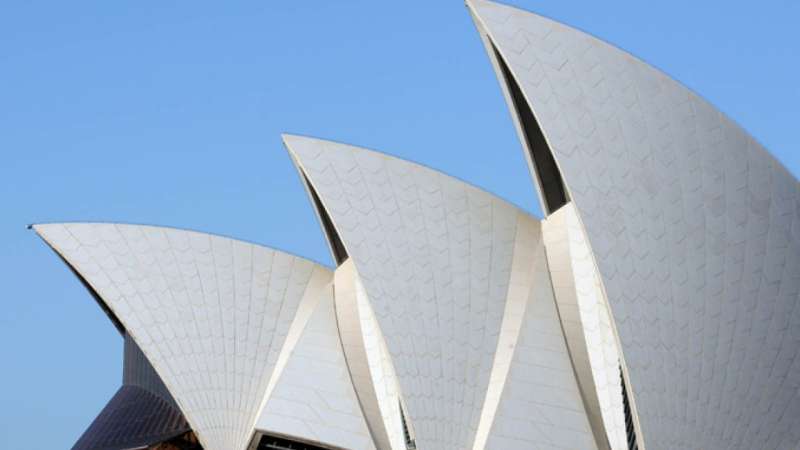
The budget for the Sydney Opera House was initially AUD 7M at the time. But due to all the chaos, while managing design and construction simultaneously, the budget was exceeded by 14 times to be a total of AUD 102M. All this was a result of chaos in managing design, extreme delays in construction, and wastage generated due to reconstruction. This building is considered one of the most over-budgeted projects ever to be built.
There is a significant number of buildings and structures that have been categorized as “Controversial” in the field of architecture. The Eiffel Tower and Louvre Pyramid in Paris, Sagrada Familia in Barcelona, and Antilla in Mumbai are a few examples that hold multiple controversies in their stories. A large group of people has disapproved of these designs at one time or another for various reasons.
Ironically, these buildings are the ones that generate a major part of the total revenue for the respective country’s tourism departments. They are equally celebrated as the most recognizable buildings all across the globe. It may be established that these buildings have displayed exemplary innovation and advancement in both architectural styles and engineering, which brings them all the deserved appreciation despite all the criticism received.











